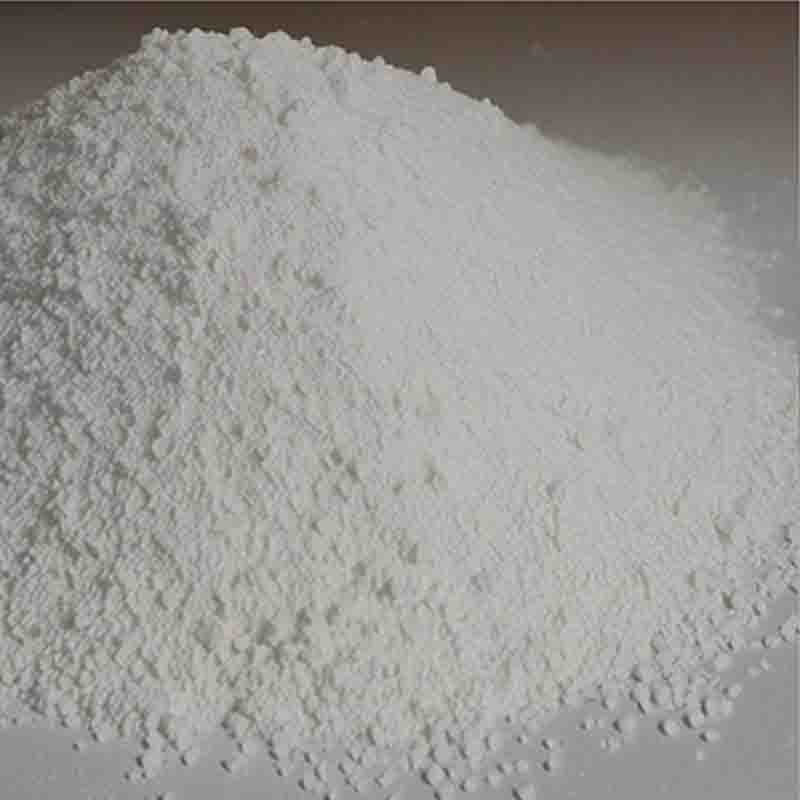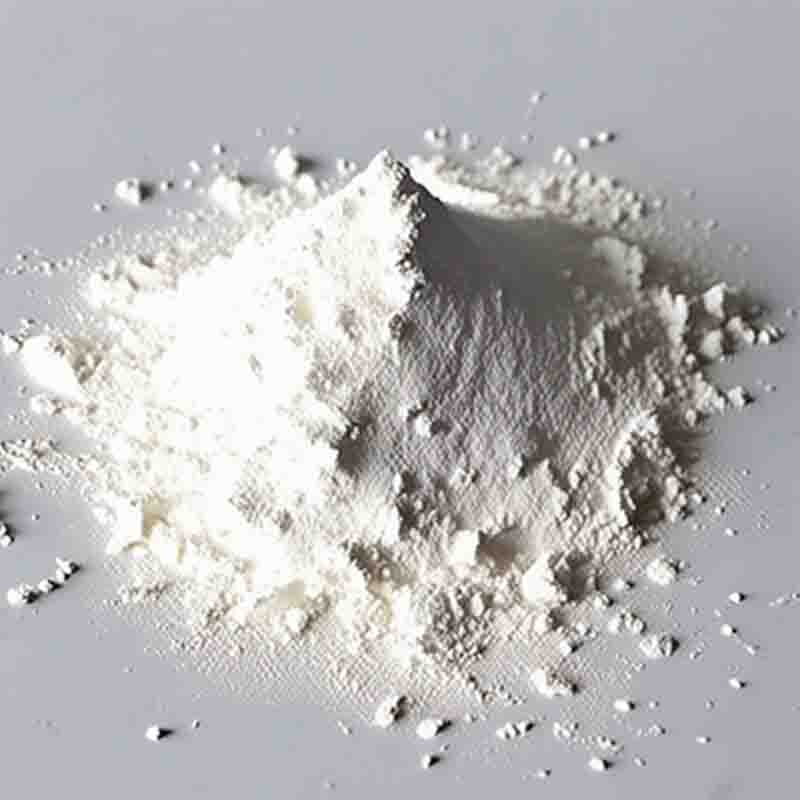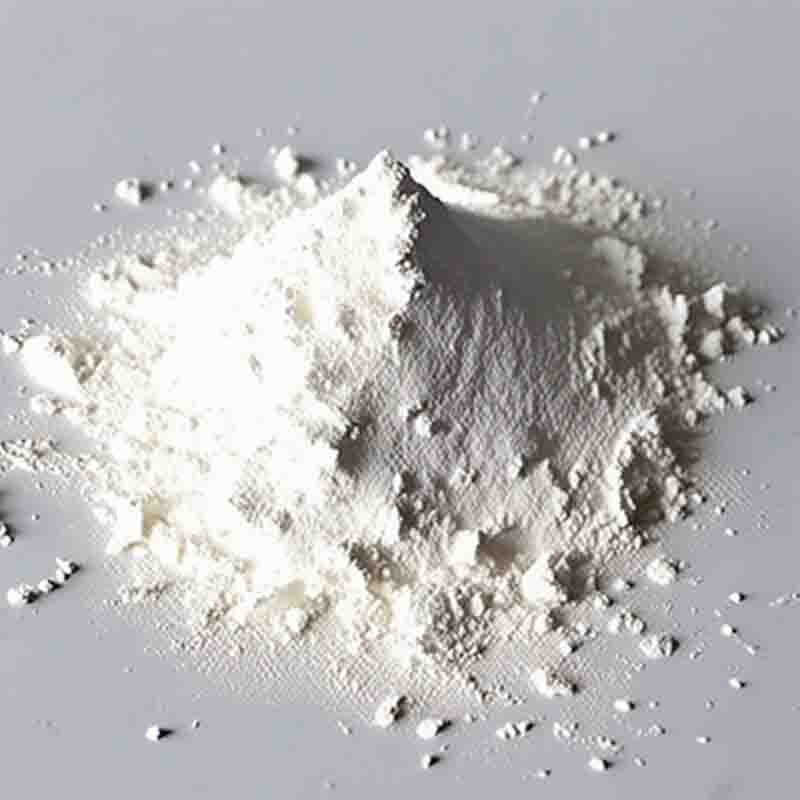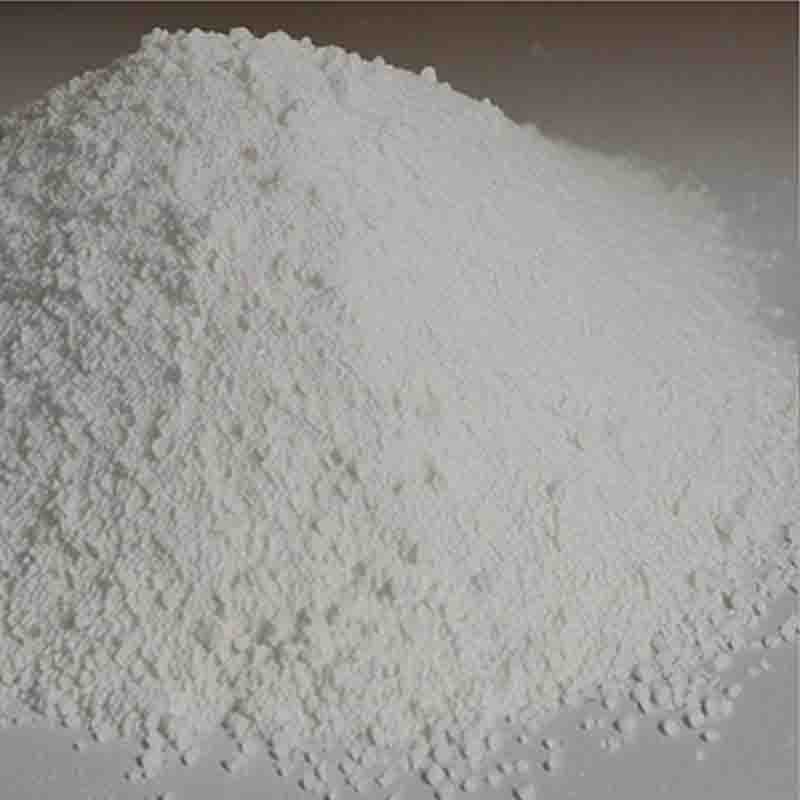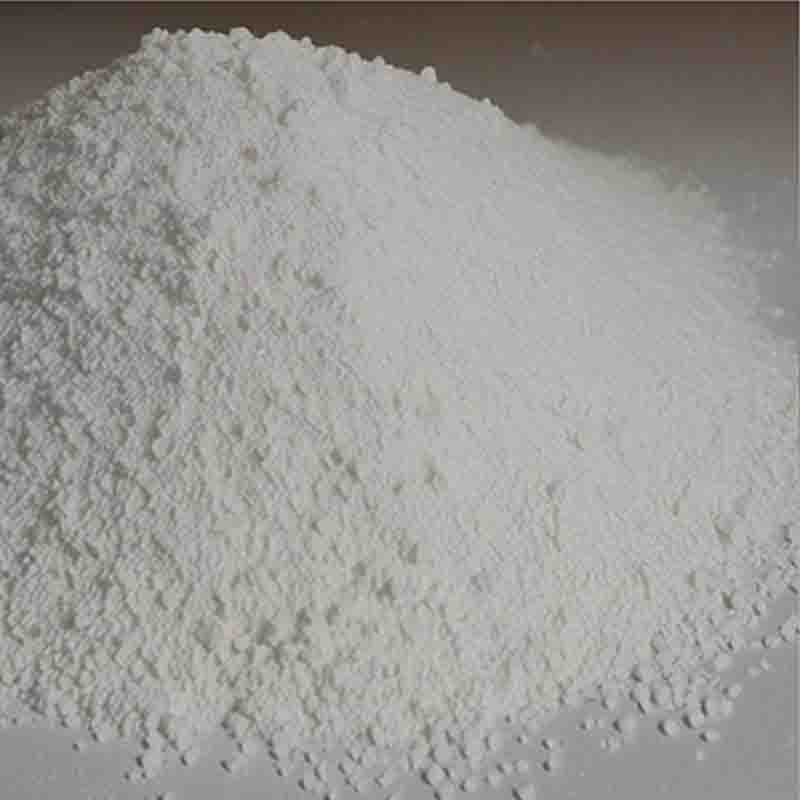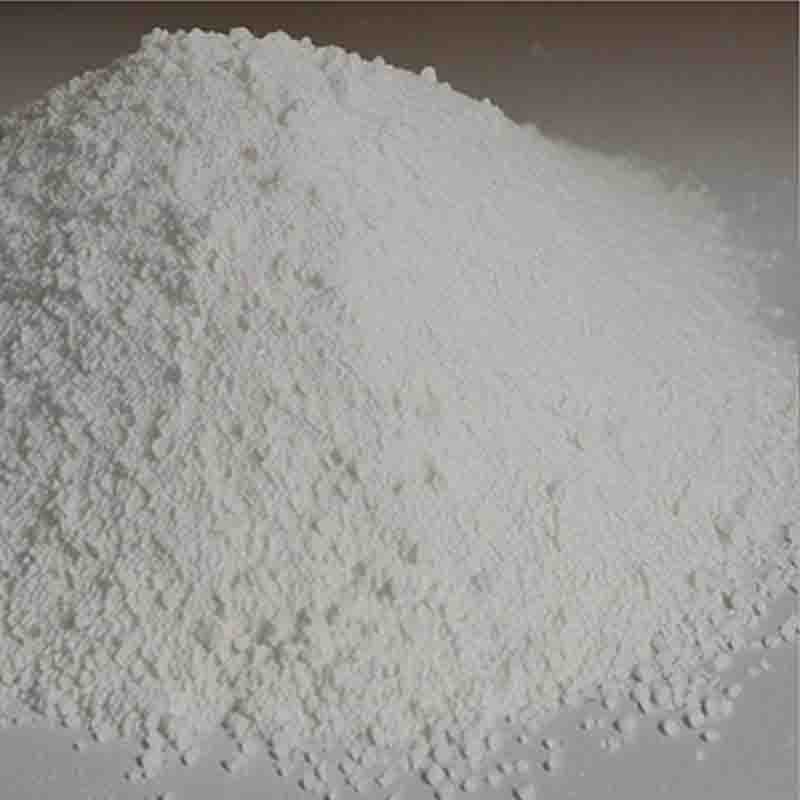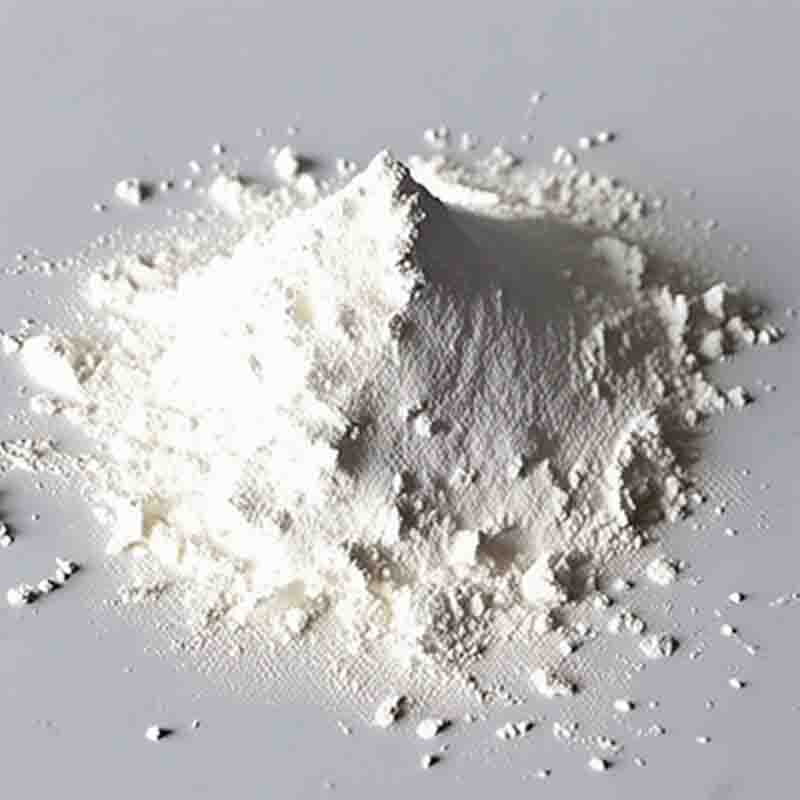M-Tolidine CAS:84-67-3
| Catalog Number | XD96132 |
| Product Name | M-Tolidine |
| CAS | 84-67-3 |
| Molecular Formula | C14H16N2 |
| Molecular Weight | 212.29 |
| Storage Details | Ambient |
Product Specification
| Appearance | White powder |
| Assay | 99% min |
M-Tolidine, also known as N-methyl-p-toluidine, is a chemical compound that possesses certain effects and applications in various fields. Here are some notable effects of m-Tolidine:Oxidation reaction: One of the prominent effects of m-Tolidine is its ability to undergo oxidation reactions. It can be oxidized to form N-methyl-p-toluquinone, which has applications in the production of dyes and pigments. The oxidation reaction can be catalyzed by various oxidizing agents and can be utilized in organic synthesis processes.Analytical applications: m-Tolidine is commonly used as a reagent in analytical chemistry, specifically in the determination of various compounds. It is utilized in methods such as colorimetric analysis and spectrophotometry to detect and quantify certain substances. For example, it can be used to determine the levels of chlorine dioxide in water, or to measure the oxidation state of manganese in solutions.Electrochemical applications: m-Tolidine exhibits electrochemical properties that make it useful in some electrochemical processes. It can act as a redox mediator in electrochemical reactions, transferring electrons between electrodes and facilitating the overall reaction. Its redox properties make it suitable for applications such as fuel cells, batteries, and electrochemical sensors.Polymerization initiator: Another effect of m-Tolidine is its ability to initiate polymerization reactions. It can be used as a radical initiator in the polymerization of various monomers, such as acrylates and methacrylates. Its role as an initiator allows for the creation of polymers with controlled molecular weight and desired properties.Toxicological considerations: It is important to note that m-Tolidine, despite its usefulness, is potentially hazardous. It has been classified as a potential carcinogen and can cause harm through skin contact, ingestion, or inhalation. Therefore, appropriate safety measures must be taken when handling and using m-Tolidine.In summary, m-Tolidine possesses effects such as oxidation, analytical applications, electrochemical properties, initiation of polymerization, and toxicity concerns. These effects make m-Tolidine relevant in industries ranging from chemical manufacturing to analytical testing. However, it is important to handle and use m-Tolidine with caution and according to proper safety guidelines to mitigate any potential risks associated with its use.


